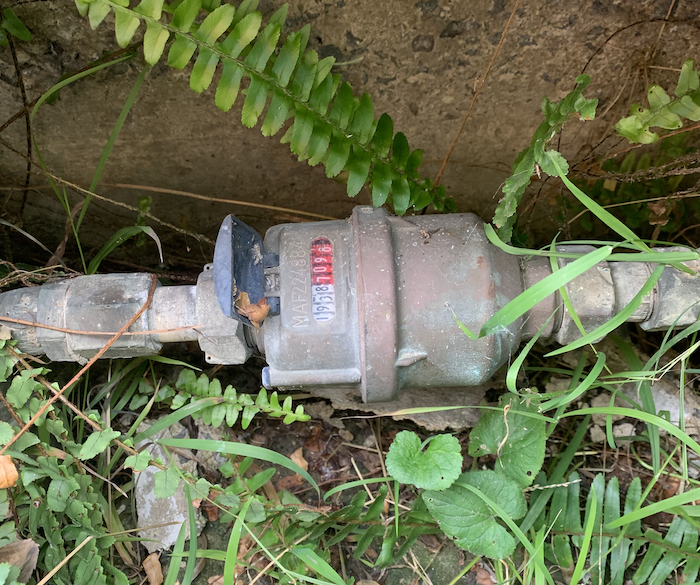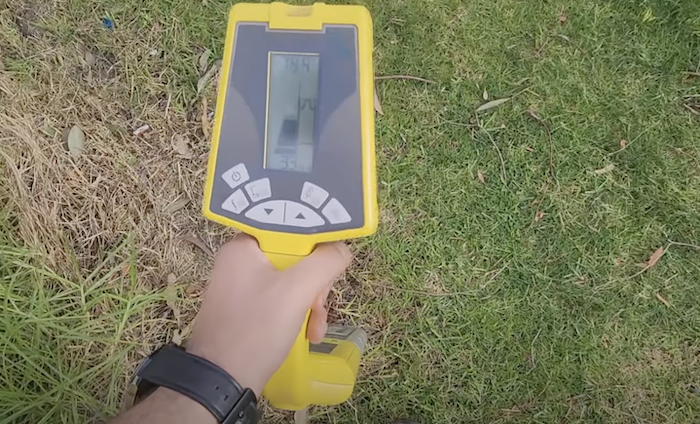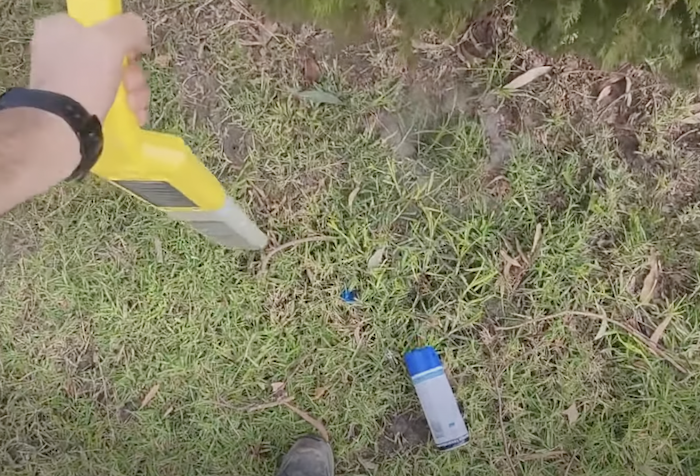
Have you ever wondered how a plumber can find an underground leak? Don’t let an underground water leak turn into a nightmare. Take action now with a professional plumber who specialises in leak detection.
Detecting and repairing leaks early on can save you from high water bills and prevent litres of water from going to waste.
At Your Maintenance are specialists in leak detection. Our team utilises cutting-edge technology to investigate and pinpoint those hidden underground leaks, ensuring that your property remains completely leak-free.
What Causes Underground Leaks?
Water leaks underground often occur when tiny pinholes form in the pipes, caused by external or internal factors.
Tree Roots

Trees, like all plants, rely on water for survival and will go to great lengths to find it. Your pipelines offer a convenient source of water, especially if they are old or improperly installed.
Even the tiniest pinhole in one of your water pipes can provide an entry point for a tree’s roots to invade your plumbing system, leading to a host of plumbing issues.
Corrosion
Copper pipes often become weakened and brittle due to corrosion. Several factors can contribute to pipe corrosion, including imbalanced pH levels, oxidization, drain cleaning chemicals, and water velocity. Regardless of the cause, corroded pipes are more prone to bursting or damage from external elements.
Although corrosion can happen in any pipeline system, it is especially prevalent in older systems due to the cumulative effects of age and wear and tear.
Environmental Factors

Ground movement, nearby obstructions, pipes getting disturbed (broken), or even fluctuations in temperature all have the ability to provoke a leak somewhere in the pipeline.
How can you tell if you have a leak underground?
Water leaks are often difficult to detect promptly. There are several warning signs that can help you identify a potential leak.
Water Meter

One of the simplest methods to identify a leak on your property is by conducting a water meter test. If the water meter still registers water flow even after you have turned off the water supply, it is highly likely that there is a leak present.
Low Water Pressure
A sudden decrease in water pressure in your home can be a clear sign of a water leak on your property. The same holds true for a gradual decline in water pressure. If the water pressure drops in just one tap, it usually suggests a problem with that specific fixture. However, if the water pressure decreases throughout the entire house, it is more likely to indicate a significant underground leak.
High Water Bills
Is your water bill unexpectedly high? It could be a sign of a leak on your property. Typically, households consume a consistent amount of water each month. So, if you notice a sudden increase in usage and cost, it might be an indication of a more significant issue.
Water Pooling
Possible signs of an underground water leak include puddles, muddy patches, and excess water runoff. If you notice water pooling anywhere on the property, it’s likely that you’re dealing with a significant leak. Although they may be a nuisance, puddles and muddy patches can actually help pinpoint the general location of the leak.
How Do Plumbers Detect Underground Leaks?
Isolate

The process begins by isolating toilets, appliances, and the hot water system (HWS) to narrow down potential areas of the leak. All toilets, appliances, and the HWS should be isolated without any signs of leakage.
Then you check the Evaporative Cooler (Evap), gray water, and solar systems for any signs of leaks. If no leaks are detected in these systems, then they are left operational.
Pressure Test

A pressure test is undertaken to check the water pressure.
The main water supply system is then tested through a hot/cold mains water pressure test, which lasts for 10 minutes. The test helps to assess the integrity of the water supply system. During this test, we discovered a mains cold failure.
Line Locator

To gain a comprehensive understanding of the plumbing system layout, we use a line locator to map out the entire pipe network within the property.

This mapping process aids us in identifying potential areas of concern.

This maps out the whole pipe.
Acoustic Listening Pipe Detector

For accurate pinpointing of the burst water pipe, you can charge the pipe with tracer gas and conduct acoustic listening on all exposed line taps.

Through acoustic listening, you can narrow down potential leak areas.

In instances where the leak is not audible, you can use a tracer gas detector to further pinpoint the leak’s location.
Find the Leak

Finally, after thorough testing and detection procedures, you can successfully locate the burst water pipe. The area that is the loudest is where the leak will be.

This is where you can carefully dig to expose the leak.
Check out other common plumbing problems here.




